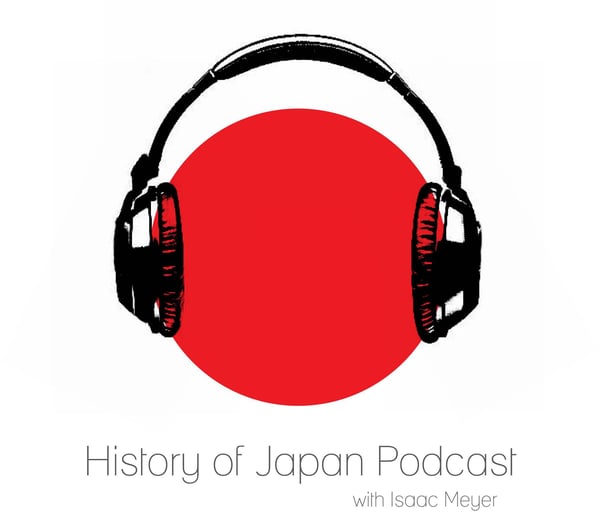Episode 556 - The Gods March Overseas, Part 2
History of Japan
Isaac Meyer
4.8 • 744 Ratings
🗓️ 6 December 2024
⏱️ 36 minutes
🧾️ Download transcript
Summary
This week: how does the history of Shinto intersect with the colonization of Hokkaido? What role does Shinto's transition from religion to "cultural institution" play in the process that has made that island indisputably a part of Japan itself?
Show notes here.
Transcript
Click on a timestamp to play from that location
| 0:00.0 | Hello, and welcome to the history of Japan podcast, episode 556, The Gods March Overseas, Part 2. |
| 0:27.2 | So last week we spent our time talking about the role of religion in Meiji Japan and how |
| 0:32.6 | conversations around religion within the country were shaped by both the domestic politics of the |
| 0:37.6 | Meiji government and pressures from the Western world, with its own interpretation of what |
| 0:42.9 | religion was supposed to be, shaped by Europe's distinct religious history. This week and |
| 0:49.8 | next are about seeing how those debates around religion played out in an arena where religious |
| 0:54.5 | ideas played a surprisingly large role in Japan's colonization of other parts of Asia. |
| 1:02.1 | And when we talk about colonization during the Meiji era, I think there's one place we |
| 1:06.3 | really have to start with, Hokkaido, the massive northern island, where the process of colonization |
| 1:12.3 | was so successful that what once was treated as wild country is now considered indisputably |
| 1:18.6 | a part of Japan's integral territory, a fourth home island in its own right. |
| 1:24.4 | Now, it's been a while since we talked about the colonization of Hokkaido, so as a quick |
| 1:28.3 | refresh about how it all started, Hokkaido was during the years of the Tokugawa Shoguns, |
| 1:33.8 | at best loosely attached to, so to speak, Japan proper. |
| 1:37.8 | Its indigenous population known as the Ainu have their own language, history, and culture, |
| 1:43.8 | more closely related to the |
| 1:45.2 | indigenous tribes of Siberia and the Russian Far East than to the Wajun or ethnic Japanese. |
| 1:51.6 | Based out of Koton or settlements scattered around Hokkaido, the Ainu subsisted by a combination |
| 1:56.7 | of foraging, hunting, and some agriculture, the last of which was made possible by a growing |
| 2:02.4 | trade in iron tools, ceramics, and the like with the Japanese. |
| 2:08.7 | That trade in turn was monopolized by Japan's northernmost feudal domain, Matsumai, whose |
| 2:14.8 | rulers controlled only a small sliver of Hokkaido itself, the Oshima Peninsula, |
... |
Please login to see the full transcript.
Disclaimer: The podcast and artwork embedded on this page are from Isaac Meyer, and are the property of its owner and not affiliated with or endorsed by Tapesearch.
Generated transcripts are the property of Isaac Meyer and are distributed freely under the Fair Use doctrine. Transcripts generated by Tapesearch are not guaranteed to be accurate.
Copyright © Tapesearch 2025.

